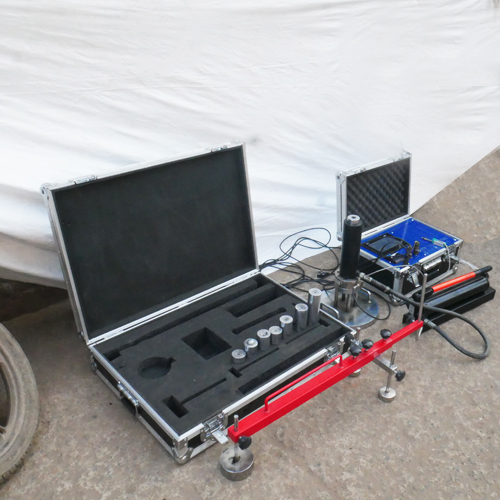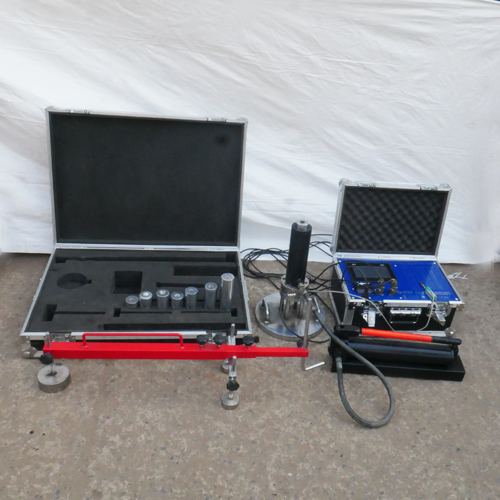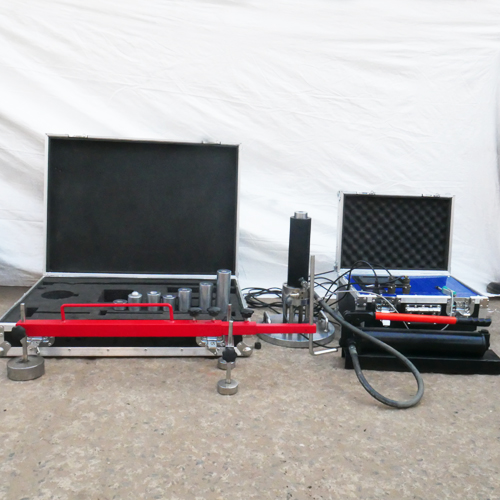




Static Plate Load Test Apparatus (ev2)
Model No.: SET-1247
Standards:
IS 2720 (PART IV) BS 1377:2
Accessories and Spares: (on extra cost)
- Sedimentation Pipette (Anderson pipette) 25ml.
- Sedimentation tube 100ml
- Sedimentation pipette 10ml
- Sedimentation tube 500ml
- Test forms pad of 50
Geotechnical Testing Lab Equipment
